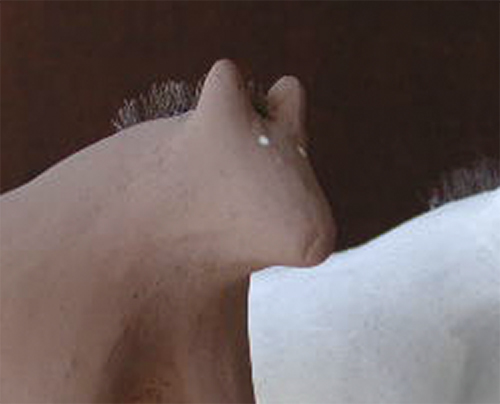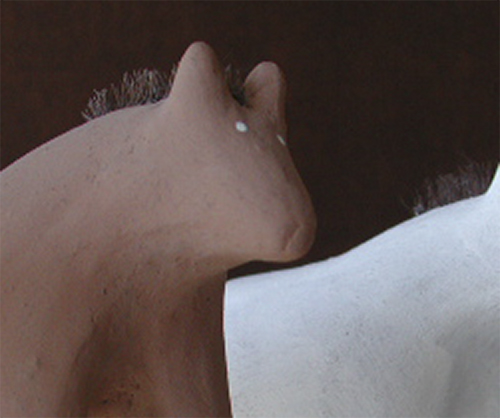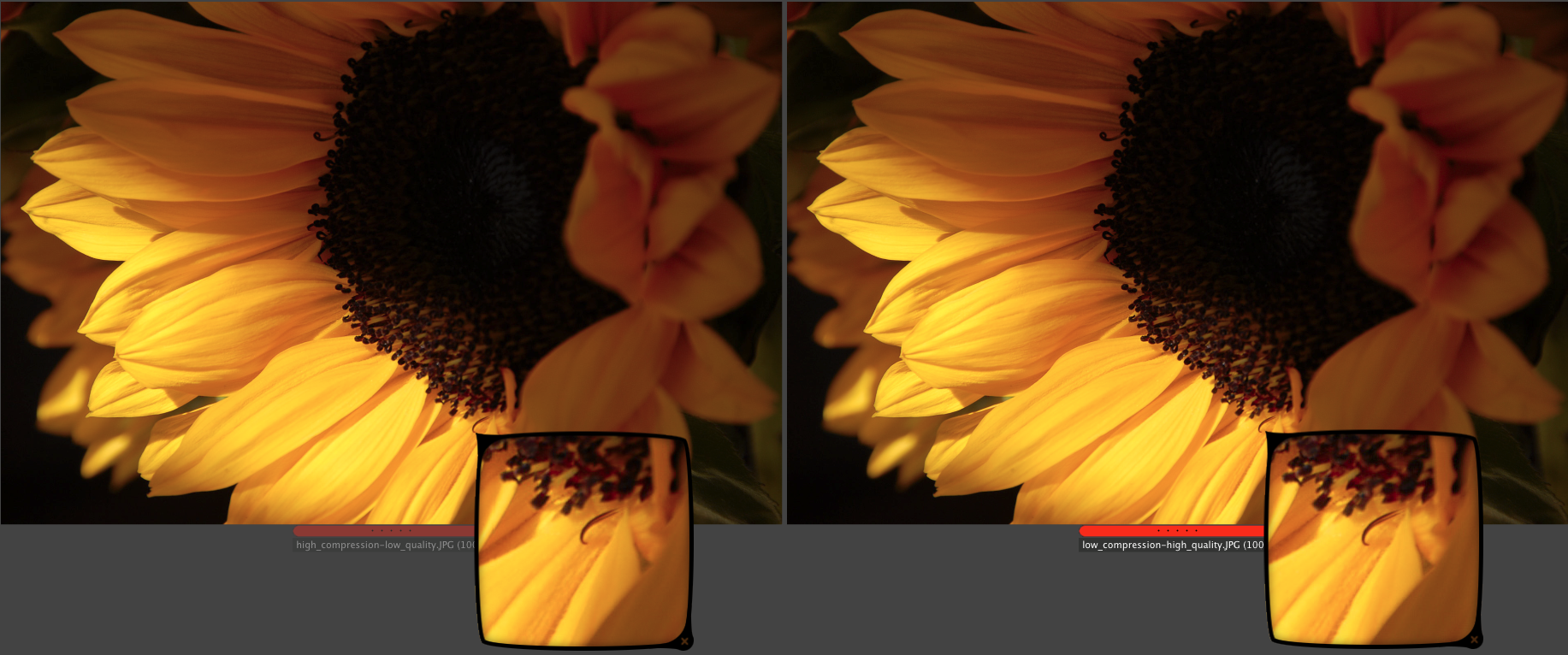Quality, Size and File Formats
Size
It is not everything but it is important. You can choose the size of the photograph. Typical sizes might be 2000x1400 pixels (3 megapixels - good for quick snapshots), 2800x2100 pixels (6 megapixels - can be enlarged up to 8x10 or more for prints), and 4200x2800 or much more ( 12 megapixels and more needed for big prints and fine art). For viewing on screen, the smallest size is fine. For snapshots the smaller sizes are fine. If you are capturing something artistic or very detailed choose the biggest size available. Most professional photographers only shoot a smaller than maximum size if a client requires it. You can always down size but enlargements usually cause quality problems.
Generally, size is chosen for JPEG but not RAW but Canon allows for small and medium RAW captures.
Format and Quality
JPEG, TIFF, RAW
JPEG is the lingua franca of image file formats. There are different levels of file compression.This is how the camera takes the information you capture and saves it for viewing. It saves space on the memory card if you choose a low setting. The lowest quality setting (often called highest compression setting) might be fine for viewing on screen but not for printing. All JPEG (.JPG) settings involve a process that is "lossy." That means that the camera is throwing away huge amounts of information before you even get to see it. You cannot get it back. Leaving the camera set at the highest quality setting is the best recommendation unless there is a good reason for changing it. And it is important to remember that editing a JPEG on the computer and re-saving loses even more data as it is compressed again each time it is saved.
If you use JPEG for image captures you are allowing the camera's built-in software to do the image processing for you. Settings made in the camera's menus are "baked in." The possibilities for further editing are dimished by orders of magnitude.
Capturing images in RAW or TIFF format requires more time and expertise once you have them on the computer however. But a RAW image workflow is recommended for any serious photographer.
Some common file extensions for raw file: .NEF, .CR2, .CRW, .DNG
The left is the lowest JPG setting on a Nikon D200. The right is the highest JPG setting.
Click to view image at full size. Or right-click to open images in a new window.
Full Frame, Crop Frame
--DX, FX, APS-C -H, Four Thirds ...
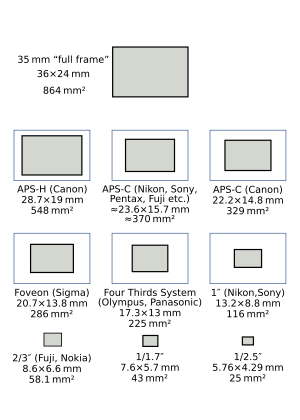
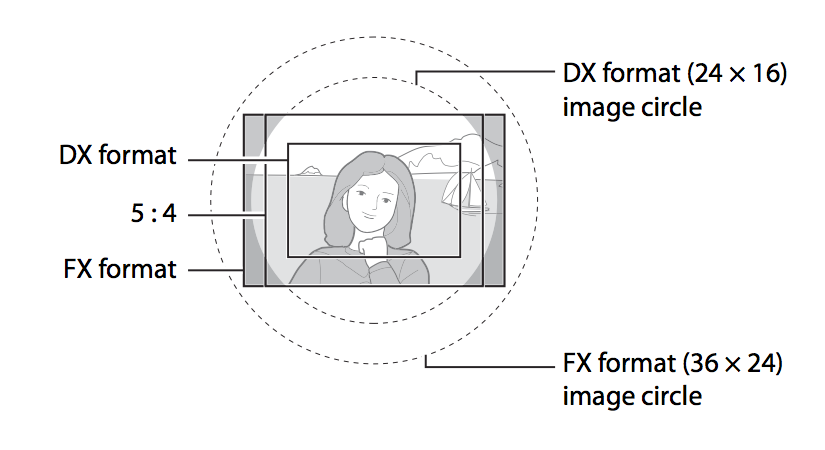

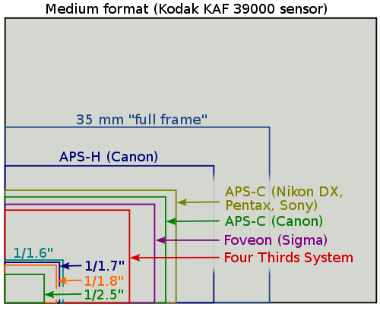
From Popular Photography magazine
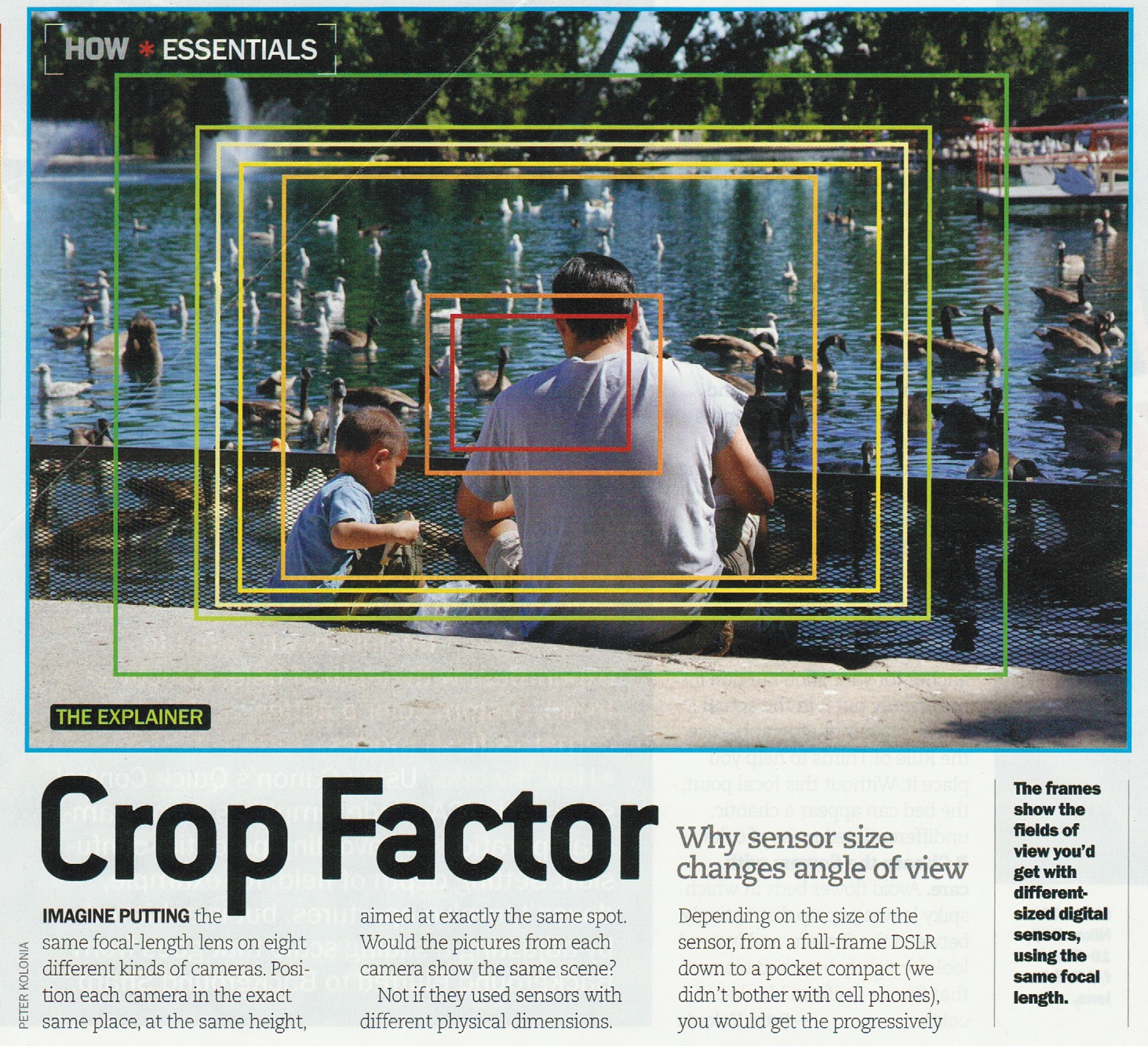
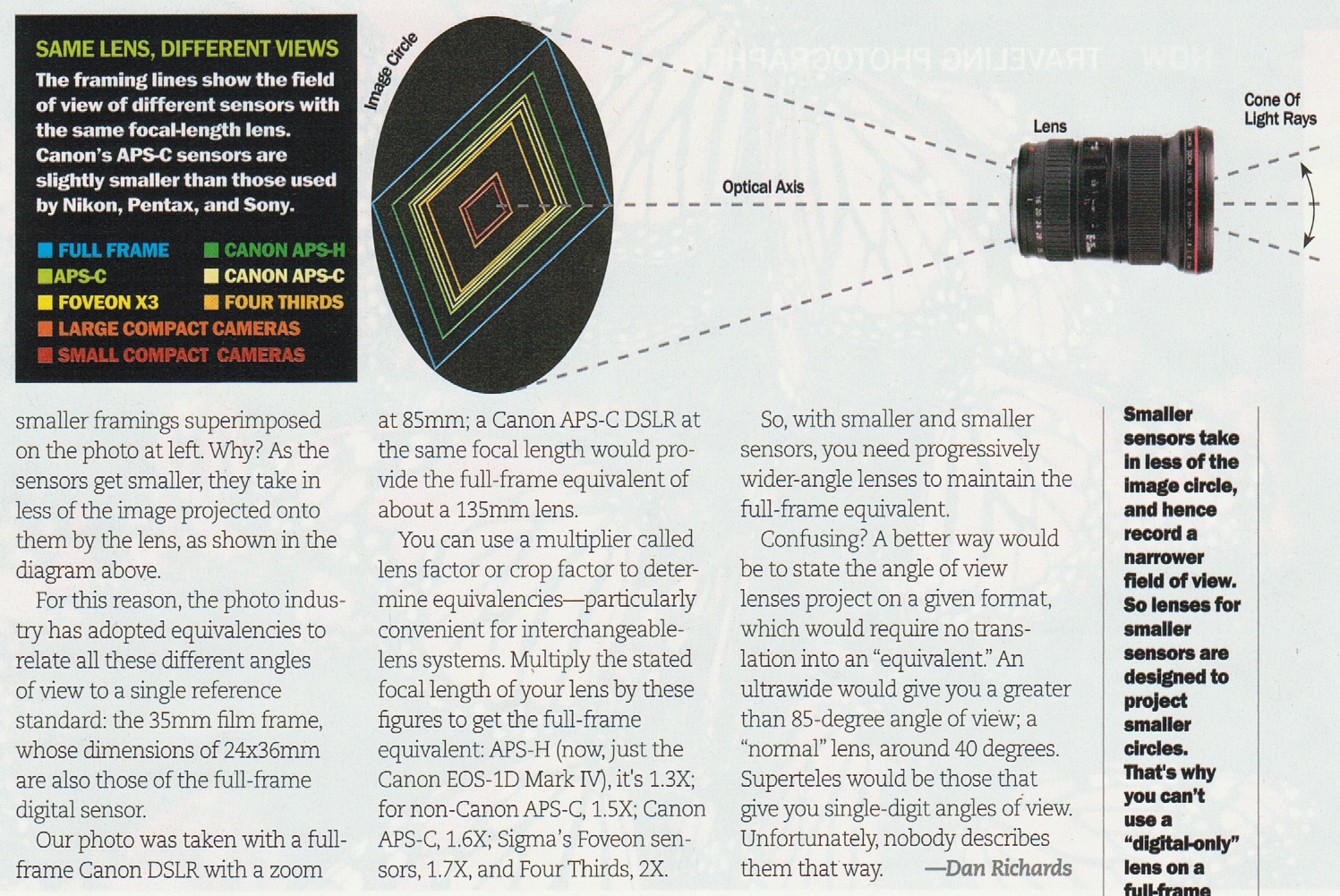
When shooting:
What would be your normal quality, format, and size settings? When would you see using the other choices?
When would it be best for a crop sensor vs. full and vice versa?
